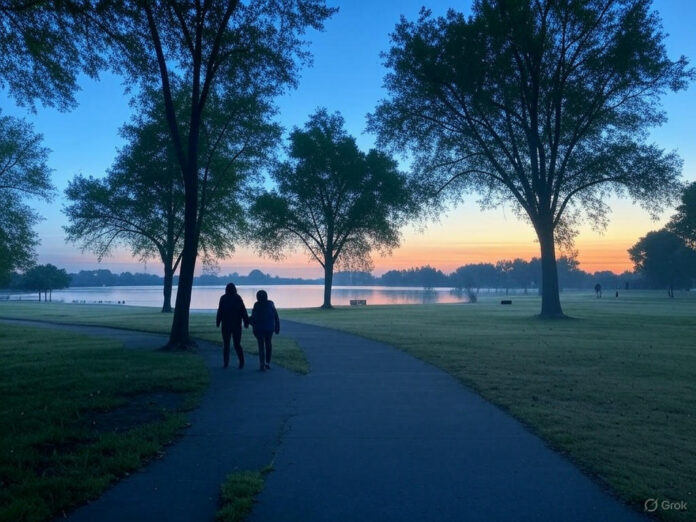A morning dose of blue light can improve sleep in older adults. It also boosts daily activity levels, enhancing overall well-being.
Researchers at the University of Surrey studied 36 adults aged 60 or older. Participants received two-hour blue or white light sessions twice daily for several weeks.
Aging reduces blue light intake due to decreased outdoor exposure and eye changes. This disrupts circadian rhythms and affects sleep patterns.
Significant Findings
The results, published in GeroScience, revealed a clear pattern. Morning exposure to blue light improved sleep quality and increased daily activity. Evening exposure, however, made it harder to fall and stay asleep.
Timing Matters
Morning blue light strengthens wakefulness signals, increasing sleep pressure by night. This improves sleep consolidation. Evening exposure disrupts these rhythms, explaining why screens often have blue light filters.
Daylight Exposure Boosts Activity
Exposure to bright daylight also enhanced activity levels and encouraged earlier bedtimes. Natural daylight contains blue wavelengths that improve mood and alertness.
Real-World Applications
Previous studies focused on dementia patients in controlled settings. This research demonstrates the benefits of light therapy for healthy older adults living independently.
Practical Recommendations
“Carefully timed light exposure can improve sleep and daily activity in older adults,” says researcher Daan Van Der Veen. “Maximizing morning blue light and daytime exposure promotes restful sleep and an active lifestyle.”

